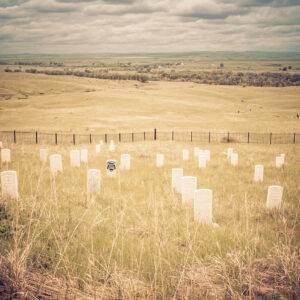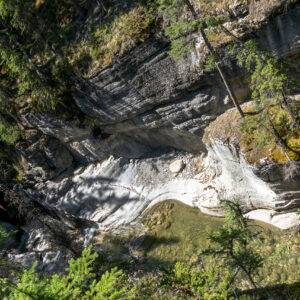Glen Canyon Dam: The other important structure that complaining Americans want taken down
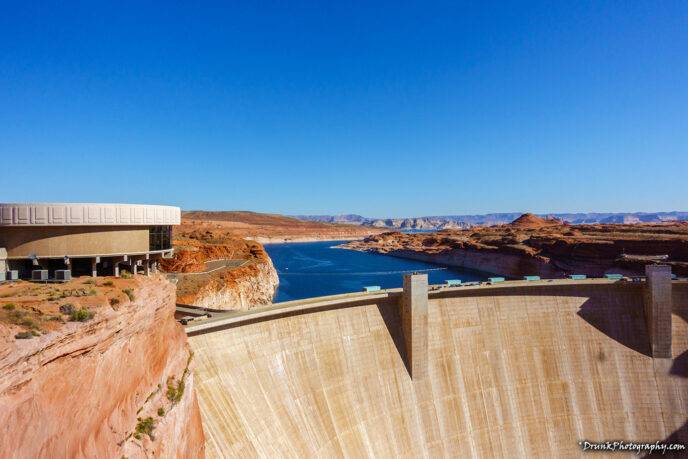
Glen Canyon Dam
US-89, Lake Powell, AZ 86040

If you’ve read some of my junk writing, you’d know I like to visit controversial, historical feats of engineering, created by people of our past. I went to Page, Arizona, USA to visit one such marvel, the Glen Canyon Dam. Most people have never ever heard of the Glen Canyon Dam, they only know of the other, more popular dam on the Arizona/Nevada border, the Hoover dam, yet there have been MANY pieces of literature written and inspired by it like The Monkey Wrench Gang– which targeted the Dam for the very problems it’s causing today, oddly enough, in this fictional tale of environmentalists against these engineering masterworks. lol So the fact that most people don’t know about this dam is pretty odd to me, considering that the Glen Canyon Dam is the key component to one of the world’s biggest and extremely complex projects designed to harness the power and resources of rivers! It’s also the likely cause of huge problems with the security of the water supply of the Colorado River, especially for those who were promised water, in disaster time, in its Upper Colorado River Basin.
The Dammed
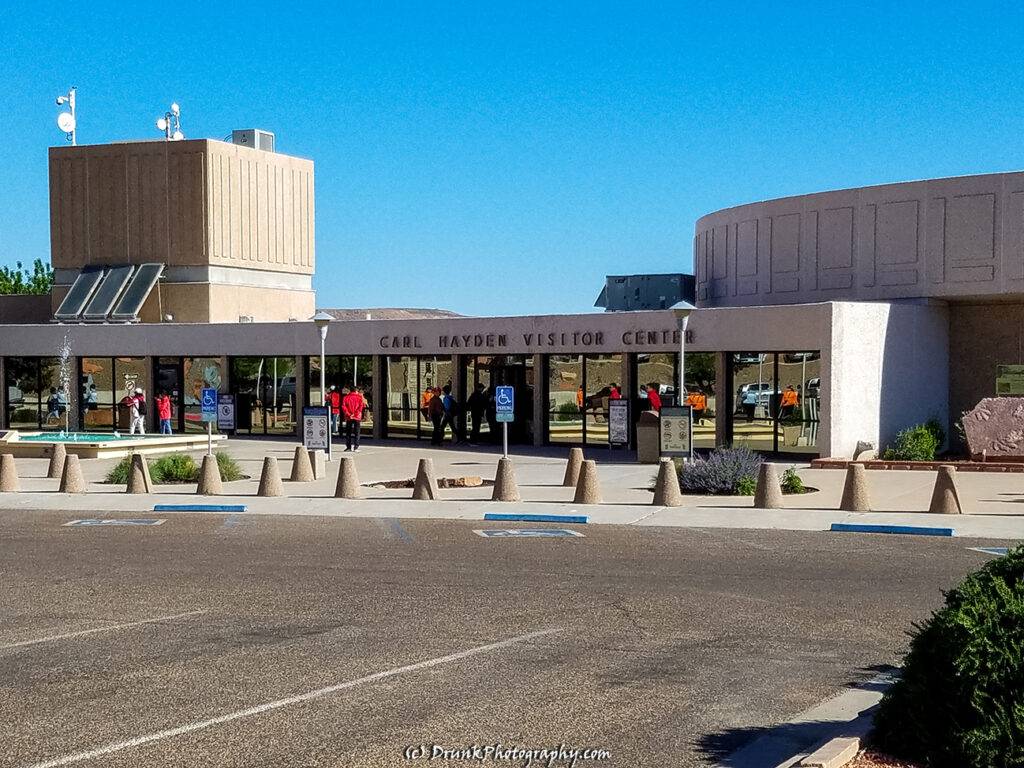
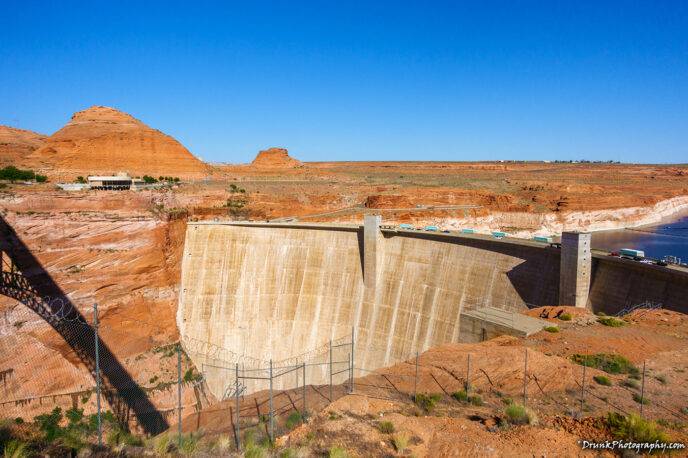
The historic, environmental lobby group ” Sierra Club“, watched over lands deemed officially national treasures and protected lands, when they came to the Grand Canyon, at the side of President Teddy Roosevelt, during his historic visit there. The Sierra Club watched other Government projects being created where they warned of the unavoidable environmental consequences of proceeding to build them, most notably when the same President Teddy Roosevelt reversed course and approved to dam the Tuolumne River, which lead to complete overflooding of the whole Hetch Hetchy Valley in Yosemite National Park, which he said was a nationally preserved land, previously. The Sierra Club swore to stop ALL things related to developing on nationally preserved land, after this screwup by the Government. However, when proposals to dam the Green River were proposed by the Government, this club was successful in getting those series of dam plans KILLED,… The silly thing was that instead, there was a special dam that these environmentally conscious and cautious groups of individual DID decide to side with the Government on creating, as an alternative to the ones they helped lobby to put a stop to the creation of. The approved the creation of … {drumroll}… THE GLEN CANYON DAM! So if you haven’t heard of the Glen Canyon Dam, you’re about to now, as this group soon after giving it the “OKEY DOKEY”, fell for the ‘OKEY DOKE” and called it “America’s most regrettable environmental mistake” (David Brower, then Executive Director of the Sierra Club). LOL
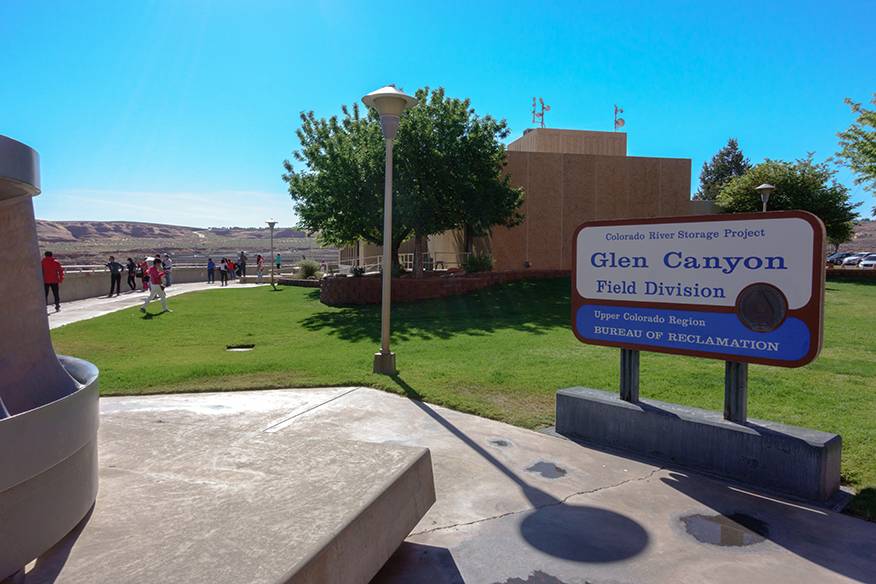
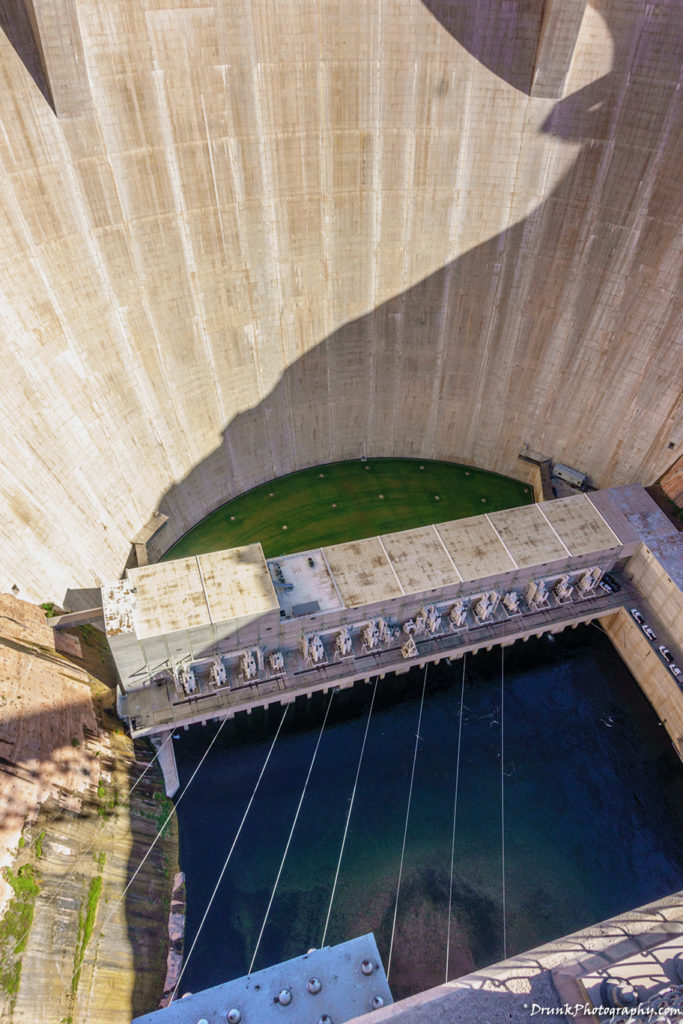
Glen Canyon Dam is a 710-foot hydroelectric dam (built by Bureau of Reclamation and of course the U.S. Army Corps of Engineers whose work I told you about in my past blog of Bonneville Lock and Dam Salmon catastrophes) located on the Colorado River, in Page, Arizona. It is the fourth tallest dam in the USA, second in the Western USA, second only to (you guessed it), the Hoover Dam. The Glen Canyon, itself, is made up of multiple gorges of sandstone. Glen Canyon Dam was the first dam I got to look at up close, and get an understanding of why it was created, how it was created, and also provided some interesting and controversial historical context to it. The first thing I wanted to know was why it was built using the material that it is made of, which is concrete. The other thing I wanted to know was why was it made in this arched look, just like similarly shaped dams like the Hoover Dam; and, how are both of those things used in a dam together. Well, the science behind the concrete and the arched design is because if the dam is made in stone or concrete foundation, then that makes it so that the force and pressure created by the horizontally rushing water would be countered by force of gravity provided by the concrete’s standing. The structure won’t break because of high tide and pressure. Glen Canyon is also constructed in a way that does not completely break apart if one section of the dam takes heavy damage. These styles of arch-gravity-based dam creating are built in sections, for this reason, each section is independent of the other. This is not the same as the typical embankment dams that will only act as a blocker to less turbulent water pressure, made out of a combination of soils, rocks, and plastics which produces bondage that makes it good for something with a “waterproof” sealed surface of many ordinary dams you see. You can make an Embankment dam by blowing up neighboring rocks in a wide valley then stitch together the debris and the other elements but you MUST calculate precisely how the pressure of the water it’s guarding is, or it will become overrun and fail almost shortly after. The Oroville Dam is an example of that, in California, the tallest Dam in all of USA. The Colorado River is huge and powerful, so its features need to be harnessed. This required a special type of dam.
The real Mastermind of the Glen Canyon Dam
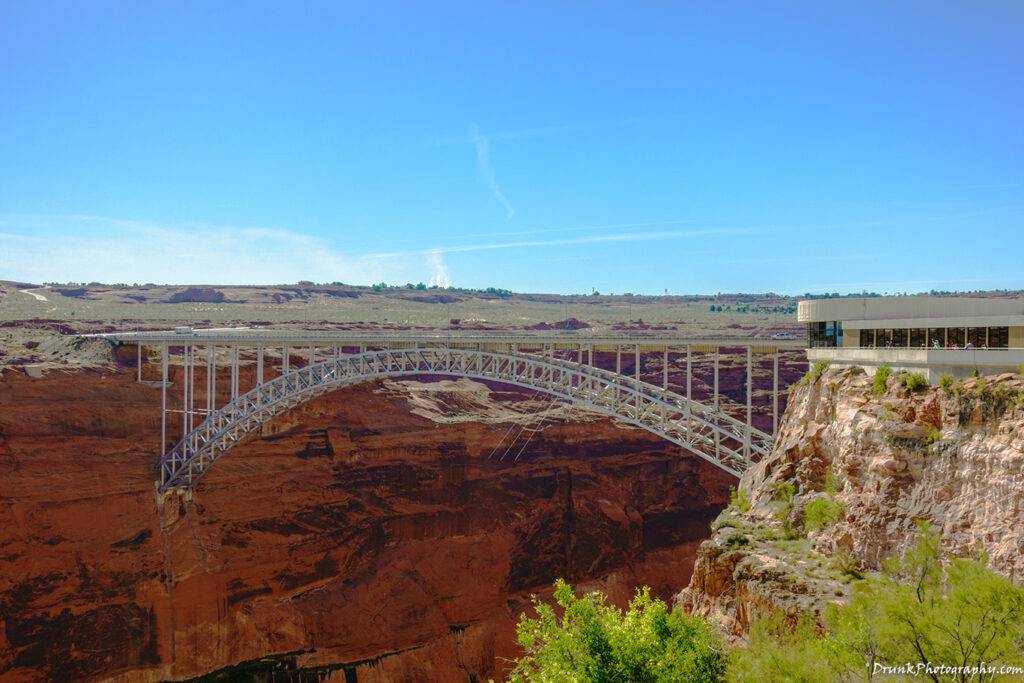
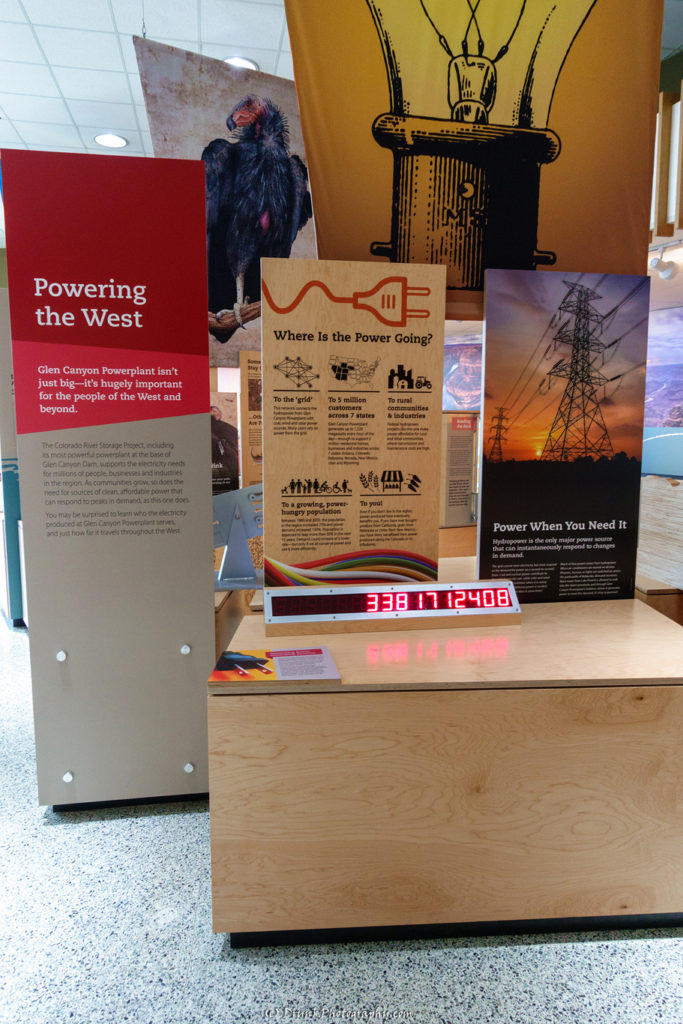
The study and initial idea to create the Glen Canyon Dam predate the idea of creating the Hoover Dam of the Black Canyon, but it was abandoned in favor of making the Hoover Dam first, due to a lot of fighting about how to control the environmental catastrophes of messing with the Colorado River. Glen Canyon Dam creation was too hotly contested so it got scrapped, temporarily. So Hoover dam was built first but that only really managed the water below the Grand Canyon, and that wasn’t good enough to handle the river alone it turned out, and eventually the Glen Canyon had to be built, with the approval of the Colorado River Storage Project Act by Congress on April 11, 1956, to handle the growing number of inhabitants to the areas surrounding the river, in the upper region. Glen Canyon dam’s creation is responsible for what we know today as Lake Powell (to the northeast), the largest reservoir in the USA that is man-made, located in Utah. The lake is named after John Wesley Powell, the father of Reclamation, and in great ironic fashion, he said the Western US was too arid and was NOT suitable for any kind of development like this, often warning all to stop all actions like this. The Government being the Government, completely ignored his warnings, in hopes of the projected economic opportunity. They built the dam anyway and named the lake after him, for his nice words though. lol The dam creating Lake Powell became a major source of revenue as it became a place for businesses, fishing, and huge tourist trap for the state. CHA-CHING! These establishments were part of an ongoing respect for the work of President Teddy Roosevelt and his ” The Newlands Reclamation Act of 1902” (NRA), and preservation of our national parks and sacred lands, which was designed to put forth a commitment to the preserving nature, and the bodies of water, reservoirs, etc, for the Western USA. His idea for the Act was to support the growth of the population, and continued growth of agriculture via irrigation systems, specifically though. All of our national parks and waters were to be protected by this (something President Trump is looking to undo as we speak). So the other VERY IMPORTANT figure to know, when it comes to the Glen Canyon dam, is Carl Hayden (aka the “Silent Senator” who apparently never spoke on the House floor, but carried a big stick), a famous congressman representing Arizona -by way of Connecticut, the first to ever serve 7 terms, due to his dedication to the people and how popular his ideas were since 1927. He was an absolute master of reclamation, he had over 30 years experience by the time he set sights on the Colorado River Storage Project, and took Roosevelt’s act as the Bible, to get his works pushed through- especially since he knew he could use the NRA to get his plans realized, and it would all be Government funded. He worked heavily with the US Army Corp of Engineers for decades already. He knew everything about mining, irrigation, power and every state in the Western USA owes a great deal of respect to Mr. Hayden, because his ideas are responsible for the hydroelectric dams and power, and for being the creator of the formulas for how to fund the USA’s highway systems. He was a genius, and he had to be, because the Colorado River cuts through 7 states (Arizona, Colorado, Nebraska, Nevada, New Mexico, Wyoming and Utah) and Mexico, and it affects them all heavily. How can one you just throw a dam in the middle of that without affecting water ambitions of the other states, and Mexico? But that very genius is what is being challenged today, by the environmentalists and scientists.
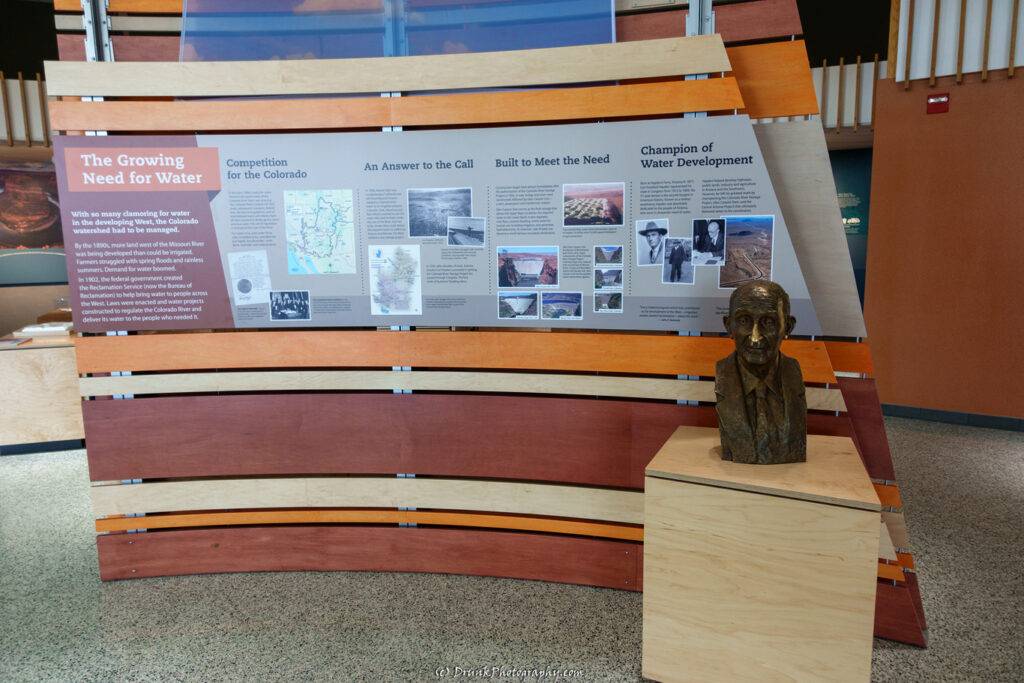
Carl Hayden was so brilliant that he convinced ALL doubters to let these dams be built, after hard fought battles with the other 6 states, including working out a treaty with Mexico. The Colorado River is THE largest body of water in the South West of the USA, and can be pictured as 2 sections: the UPPER COLORADO RIVER BASIN (servicing Utah, Colorado, Wyoming, and New Mexico) and the LOWER COLORADO RIVER BASIN (servicing California, Nevada, and Arizona). Remember that last bit, it’s extremely important. Each state wanted to manipulate the water in their own ways, and many power struggles happened in the area, as a result of these plans to install dams. However, the neighboring towns realized the genius of Hayden in building this hydroelectric dam, because Glen Canyon Dam would end up providing power to the power plant which combines coal, wind, and water to make power to serve over 5 million people in the 7 states sharing the Colorado River, in the present day. This is the biggest achievement of the Dam, and it has been its strongest argument since its creation. So when the area experienced a huge population boom, costs and demand for energy skyrocketed, but this dam providing electricity was cheap, easy to deploy, which quickly dropped costs, attracting a lot of business to the neighboring areas. THIS is why the Government pushed it through, at the time and it paid off. The dam provides 5 billion kilowatt-hours of hydroelectric power per year. The dam features an upper and lower basin, so if there is a huge drought, the lower basin can provide water for all of the neighbors’ needs without having to go to the upper basin’s reserve- or at least theoretically, as that was the PROMISE made to get it built. That makes THIS Dam the most important dam in the Colorado River Storage Project, which is why this dam needs to get its props for its engineering, and probably nothing else, in retrospect.
You take the good you take the bad..
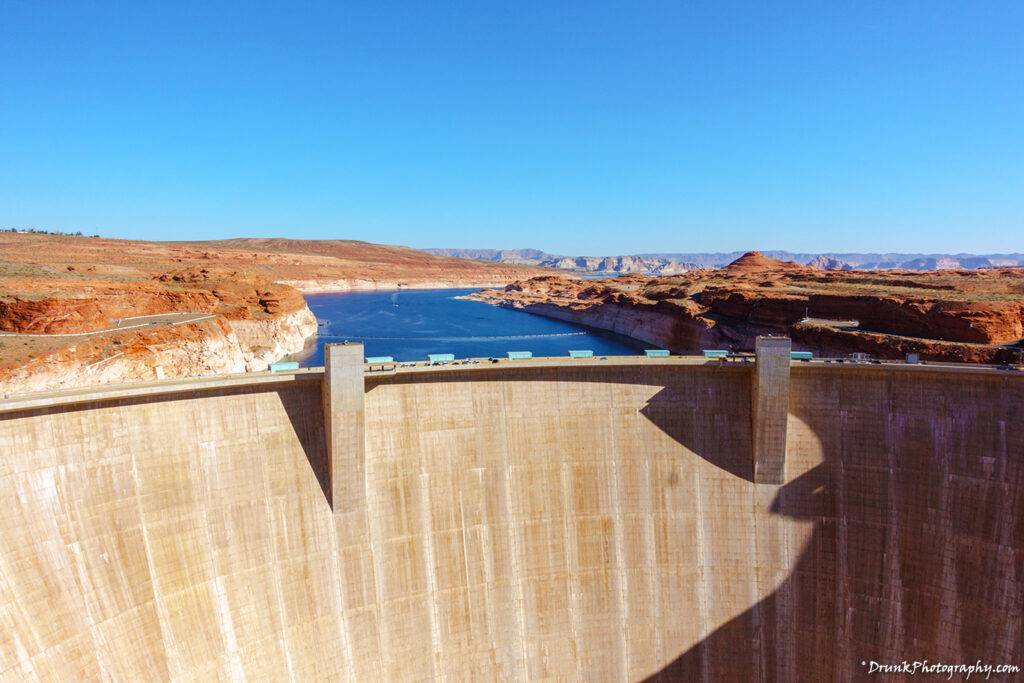
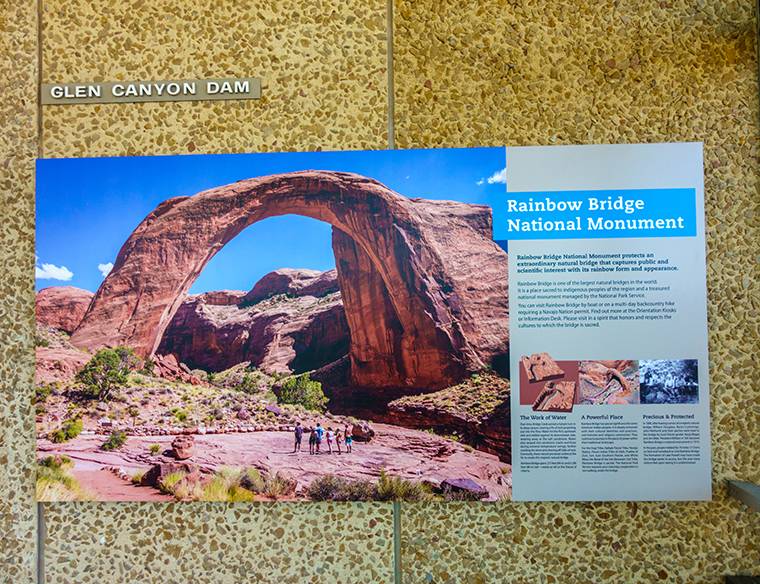
But with the rise of all things good, comes the eventual fall of all things good. The dam has been blamed for occasional flooding, which affects wildlife in the area. It’s most notably blamed for sapping some of the water and LIFE out of Lake Powell with constant environmental challenges, especially the lake depleting as of late (evaporation). Glen Canyon Dam created Lake Powell, a sedentary reservoir itself, but it’s in Arizona, a desert land in many places, and especially where this Lake is. So it experiences water evaporation or runs off with seepage, at a rate of 860,000 AF (Acres-Feet) a year. Considering that the Colorado River has been depleting for almost 20 years in a row, people are up in arms today about these dams built to regulate the Colorado River. Experts are claiming that the dam is responsible for more water loss per year than all of LA uses in a year. So with the basin ONLY HALF FULL nowadays, the reason for the dam’s construction no longer applies, and it’s become a hindrance. Remember, it’s a DAM, and it’s splitting the Upper and Lower Colorado River, so not it’s actually wasting/blocking water flows, and it expected that it won’t be able to deliver on its promise of providing the water as agreed in its inception. It has lost 34 MAF (Million Acres-Feet) since 1963, resulting in $9 billion dollars of loss. At that rate, the value of water wasted is ridiculously greater than the sales of the product it helps bring in (electricity), meaning it’s a loss to keep it. Pair that with the fact that it’s impacting the Grand Canyon’s ecosystem to the south, the Conservationists are calling for its destruction, ASAP. If you keep the dam, then the water levels of Lake Powell need to be regulated for fears of it mess up the beautiful Navajo RAINBOW BRIDGE NATIONAL MONUMENT. Navajo don’t want spillage into this area. As you go towards Las Vegas, along the Colorado River, you’ll bump into Lake Mead to the south west of Lake Powell, which comes BEFORE the Hoover Dam. Well Glen Canyon Dam is the stoppage of water, and Lake Mead was suffering too from a shortage in the lower basin, so water had to be released from Lake Powell to flow down to feed the water of Lake Mead to help its drought problems. But WAIT remember that whole bit about the UPPER BASIN vs the LOWER BASIN geography? If the Upper Basin promises service for the Upper Basin states, but you’re giving away that supply to the Lower Basin states, those people in the Upper Basin states are going to feel a type of way about that! That’s legally THEIR WATER! That’s especially worse to hear when you consider that similar but unlike Lake Powell, Lake Mead’s reservoir has be depleted rapidly do to OVERUSE AND WASTE OF WATER by the states using the Lower Basin, in addition to evaporation created between the Hoover and Glen Canyon Dam! The water of the upper basin is much colder than the water in the lower basic, so when it passes on, it cools the lower basin water, that leads to quick evaporation in the lower elevation and temperature of the lower basin too. You think you can just tear down a dam? You have the money available to do that? It would take the equivalent of the national debt to do that!

The Glen Canyon Dam is a scientific marvel, environmental disaster, but extremely helpful hydroelectric water reserve dam that services millions of people for cheap. Which side of the argument do you side on given that history, and the pros and cons? Theodore Roosevelt to Sierra Club to Carl Hayden, none of them could have or do predict this prior. ALL of these people were clearly professed environmentalist and conservationist to varying degrees, yet this dam is the legacy of each. Carl Hayden specifically, when he set out to get this made, but he could not have predicted what was to come, given the West’s problems with Climate Change, overuse of water by the populations, or environmental challenges introduced to the dam’s creation as a result of those factors. This is yet another great creation, by real geniuses, not idiots, which has turned out to cause more harm than good, with there being no good solution to it, insight.
As always, the finished products can be found on the main site of www.drunkphotography.com.

